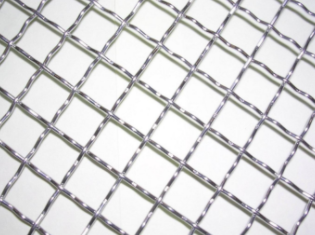How to Choose Drywall Screws A Comprehensive Guide
When embarking on a drywall installation project, selecting the right screws is crucial for achieving a sturdy and long-lasting finish. While it might seem like a minor detail in the grand scope of home improvement, choosing the right drywall screws can greatly influence the integration of drywall into your construction. Here’s a step-by-step guide on how to choose drywall screws.
1. Understand the Types of Drywall Screws
Drywall screws come in two main types coarse thread and fine thread. Coarse thread screws are ideal for attaching drywall to wood studs, as their design allows for better grip in soft materials. On the other hand, fine thread screws are perfect for metal studs. Their sharper threads can easily penetrate through steel, ensuring a secure hold.
2. Determine the Length of the Screws
Choosing the correct length of drywall screws is vital. Common screw lengths include 1 inch, 1.25 inches, and 1.5 inches. When fastening drywall to wood studs, select screws that are at least 1.25 inches long to ensure they penetrate adequately into the stud. For metal studs, 1.25 inches is also a common choice, but always ensure that the screw extends sufficient length beyond the drywall for a secure fit.
Drywall screws are generally available in a variety of finishes, including black phosphate, zinc-plated, and baked enamel. Black phosphate screws are the most common and are designed for indoor use, while zinc-plated screws resist rust and corrosion, making them suitable for humid environments or outdoor applications. If you are finishing your drywall with paint, a baked enamel finish can help minimize rust while providing additional aesthetics.
4. Check the Head Style
how to choose drywall screws

The head of the screw can influence both function and appearance. Drywall screws typically come in two head styles bugle head and flat head. Bugle head screws are designed to sit below the surface of the drywall without creating a protrusion, which makes them the preferred choice for drywall installation. Flat head screws, while still usable, may require additional finishing work to ensure a smooth surface.
5. Look Into the Quantity
Screws are often sold in bulk packages, which can be more economical, especially for large projects. Calculate how many screws you will need based on your drywall coverage and the spacing of your studs (typically 16 inches or 24 inches on-center). Being prepared and purchasing the right quantity can save you time and multiple trips to the store.
6. Understand Code Requirements
Before you purchase drywall screws, it may be beneficial to review local building codes. Some regions have specific regulations about materials, including screws, that affect structural integrity and safety. Compliance with these codes is crucial for ensuring that your project meets local guidelines.
7. Quality Matters
Don’t overlook the importance of quality when selecting drywall screws. Investing in reputable brands usually ensures better performance throughout your project. High-quality screws tend to be more durable and are less prone to snapping during installation, which can be a particular drawback with cheaper options.
Conclusion
Choosing the right drywall screws is a fundamental step in ensuring a successful drywall installation. By understanding the types, lengths, finishes, head styles, quantities, code requirements, and quality of screws, you can make informed decisions that will lead to a more efficient and sturdy project. Remember, the details matter, and taking the time to choose the right screws will pay off in durability and aesthetics in the long run. Happy renovating!

















